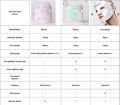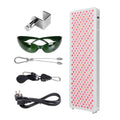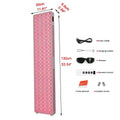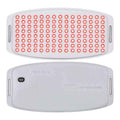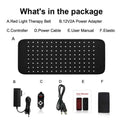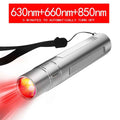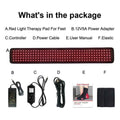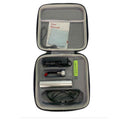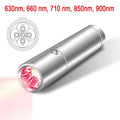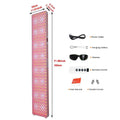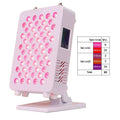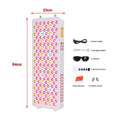1060nm Red Light Therapy Effectiveness: Deep Tissue Benefits
Posted by MARK HINDLE
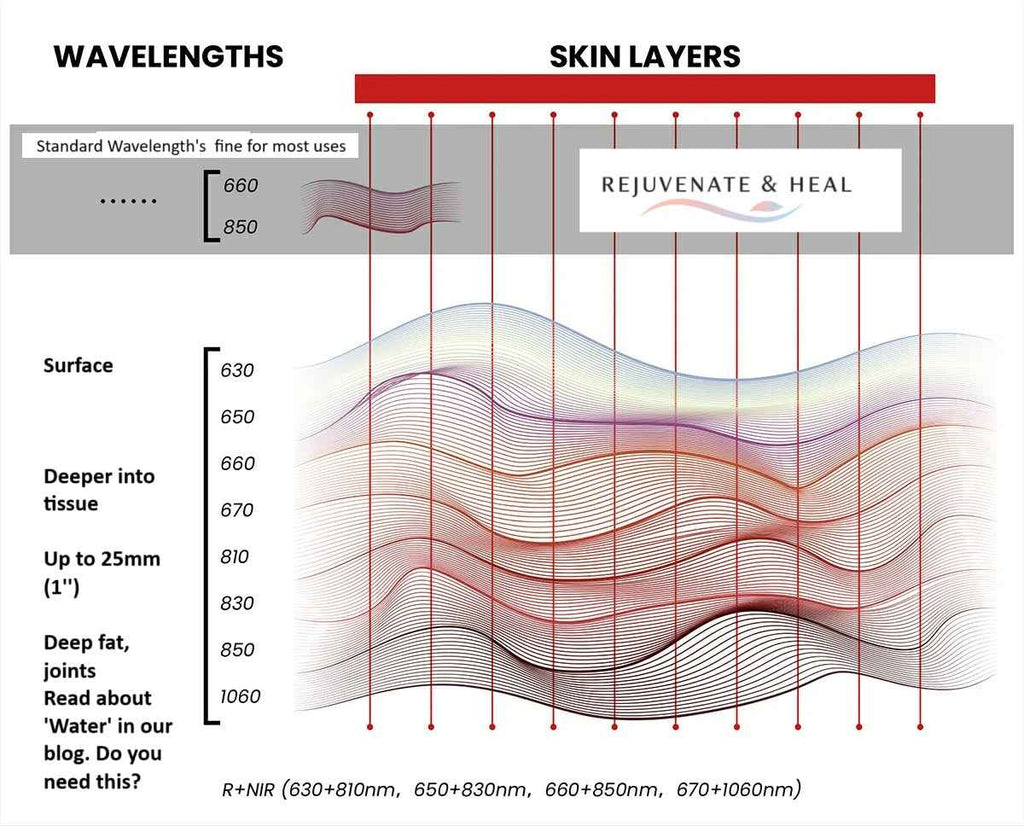
Why increased water absorption at 1060nm can limit its effective depth compared to wavelengths like 810nm
1. Water's Role as a Chromophore:
· In the context of light therapy, a "chromophore" is a molecule that absorbs light at specific wavelengths.
· Water is incredibly abundant in biological tissues (skin, muscle, blood, etc.).
· While water is largely transparent to visible light, it has distinct absorption peaks in the near-infrared (NIR) spectrum.
2. Absorption Peaks of Water:
· Water has several absorption bands in the NIR range. Notably, there's a strong absorption peak around 970nm.
· As you move further into the NIR spectrum, particularly beyond 980nm and into the 1000nm+ range (like 1060nm or 1070nm), water absorption generally increases again.
3. The "Optical Window":
· Biological tissues have an "optical window" in the NIR spectrum (roughly 650nm to 1350nm) where light absorption by hemoglobin (in blood) and melanin (in skin) is relatively low, allowing for deeper penetration.
· However, within this window, the absorption by water fluctuates. Wavelengths like 810nm, 830nm, and 850nm fall into a "sweet spot" where both melanin/hemoglobin and water absorption are relatively low, maximizing penetration.
4. 1060nm vs. 810nm:
· 810nm: This wavelength is known for its excellent penetration depth because it falls into a region where water absorption is comparatively low. This allows a significant portion of the light energy to travel through water-rich tissues and reach deeper structures like muscles, joints, and even the brain. It's also strongly absorbed by cytochrome c oxidase (CCO) in mitochondria, which is a key mechanism of action for photobiomodulation.
· 1060nm (and similar wavelengths like 1064nm, 1070nm): While these are longer wavelengths and in theory could penetrate deeper due to less scattering, they encounter significantly higher absorption by water molecules.
o Increased Absorption = Less Penetration: When light is absorbed by water, that energy is converted into heat within the water molecules themselves, rather than being delivered to the target cells (e.g., in muscle or bone) for therapeutic benefit. This means less light energy actually reaches the intended deeper tissues.
o More Superficial Heating: The increased water absorption at 1060nm can lead to more localized heating of the superficial water-rich layers, which might be desirable for certain applications (like fat reduction where controlled heating is part of the mechanism), but less so for deep tissue photobiomodulation where the goal is often cellular activation without significant thermal effects.
In summary:
The "paradox" is that while longer wavelengths generally scatter less and have the potential for deeper penetration, the increased absorption by water at specific longer NIR wavelengths (like 1060nm) can counteract this benefit. This leads to 810nm, 830nm, and 850nm often being cited as having superior effective penetration for photobiomodulation applications that aim to reach deep tissues and stimulate cellular function.






